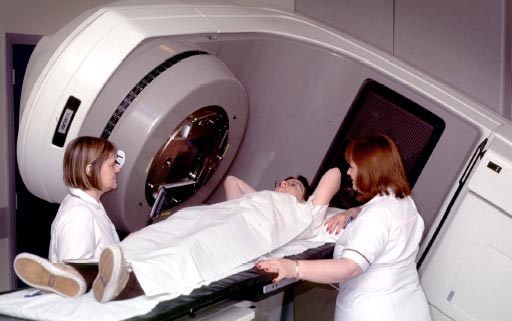Head and Neck Cancer Patients Can Benefit from Increased Radiation Therapy
By MedImaging International staff writers
Posted on 14 Feb 2017
Researchers have shown that treating head and neck cancer patients twice daily with radiation therapy, combined with chemotherapy, could benefit these patients and save more lives.Posted on 14 Feb 2017
The study included patients with mouth, throat, or voice box tumors that already spread to adjacent tissue. The twice-daily treatment, called hyperfractionated radiotherapy, enables patients to receive a higher dose, and more effective radiotherapy treatment, possibly without increasing side effects.

Image: The researchers have found that hyperfractionated radiotherapy, and increased radiation therapy could save the lives of more head and neck cancer patients (Photo courtesy of Drugs Information Online).
The study was led by researchers at the Gustave Roussy Cancer Center and carried out together with the European CanCer Organization. The results were presented at the European Cancer Congress 2017 meeting.
The researchers used data from 117 different trials, and 28,804 patients worldwide for their study, and were able to compare 16 different treatments. The results showed that hyperfractionated radiotherapy together with chemotherapy, reduced cancer deaths by 20% compared with standard once-daily radiotherapy and chemotherapy. The treatment also reduced the risk of the cancer deteriorating by 23%.
Study leader, Dr Claire Petit, Gustave Roussy Cancer Center, said, "There are a number of new treatments that have shown promise in head and neck cancer trials. This large study has enabled us to compare several of these treatments to see which is best overall in terms of reducing mortality. Some of the studies we looked at did not include data on side effects; others did not follow patients long enough to pick up long-term side effects. This will be the focus of more research over the next year. Moreover, the method we used, network meta-analysis, which combines direct and indirect treatment comparisons, is a new method that needs to be interpreted with prudence. However, this is an important finding for this group of patients who have a higher risk of their cancer recurring following treatment."














